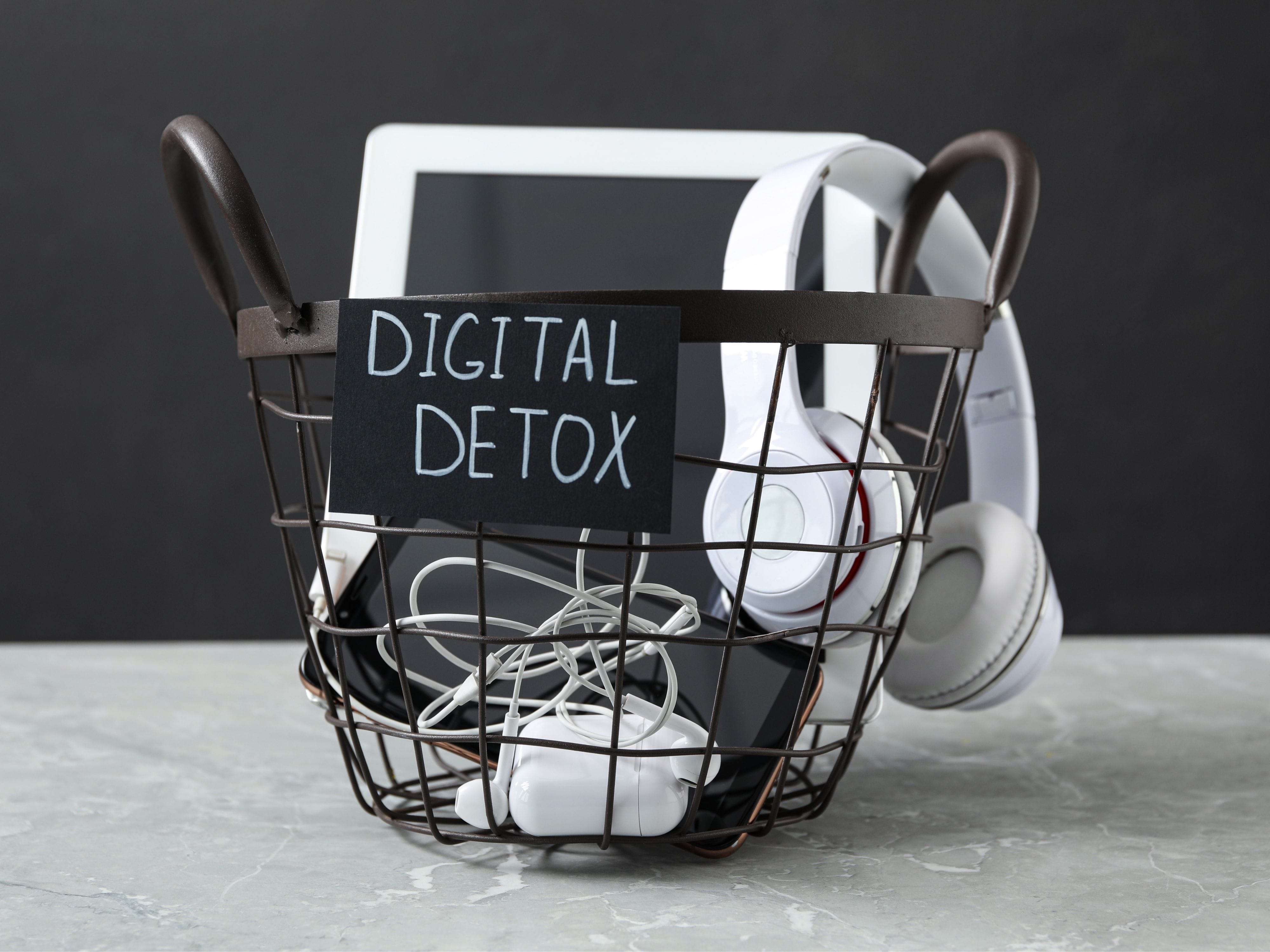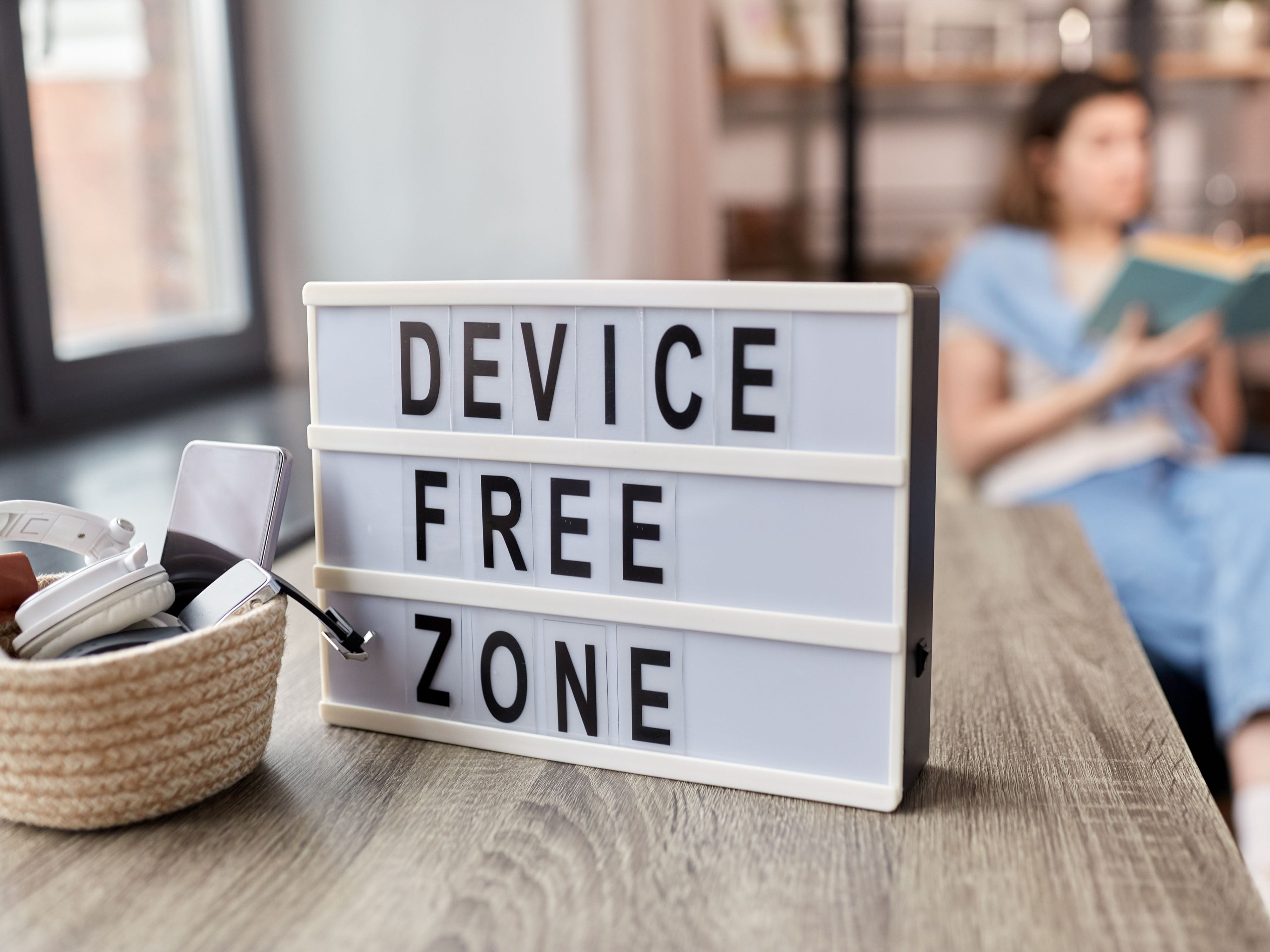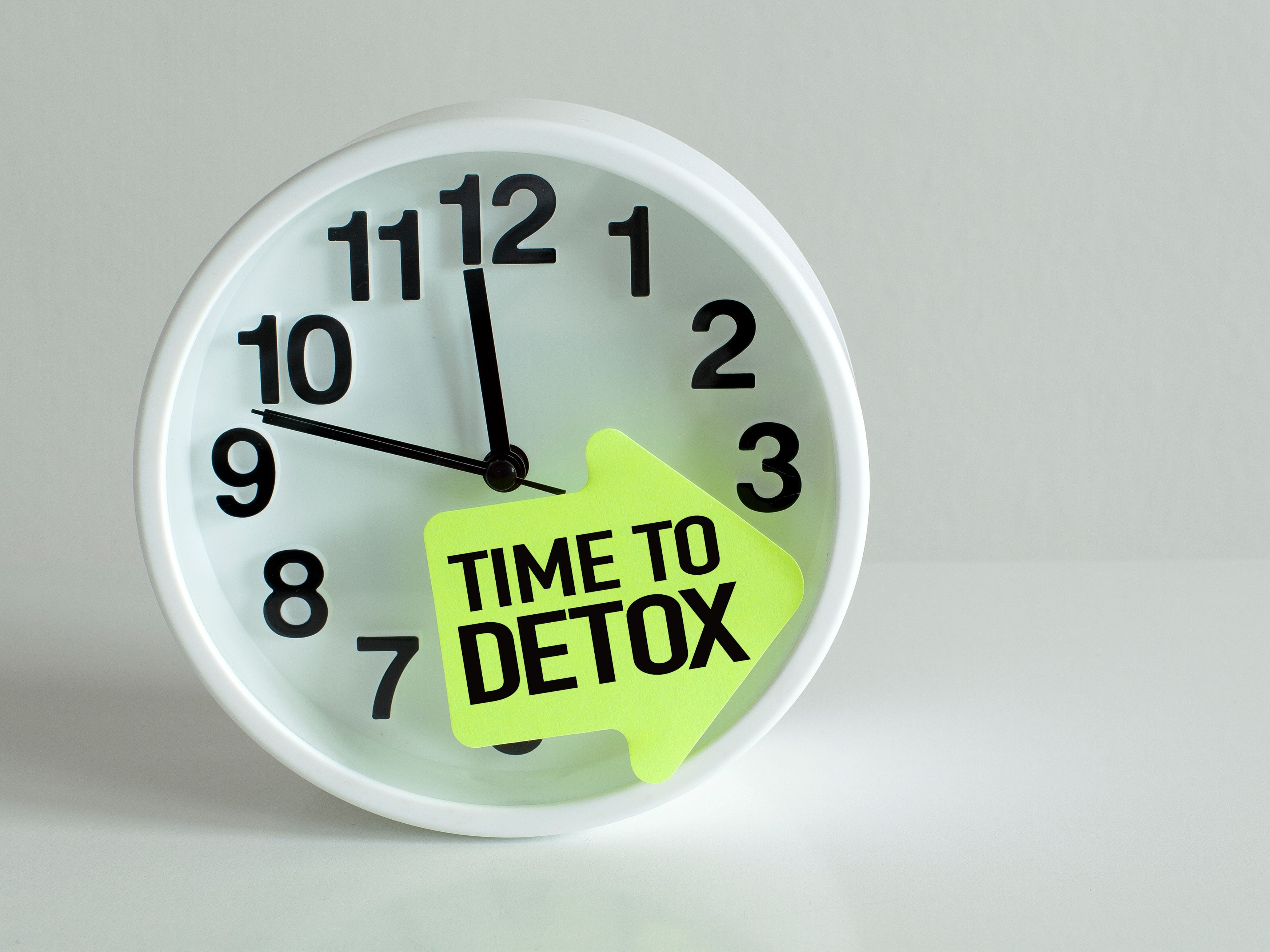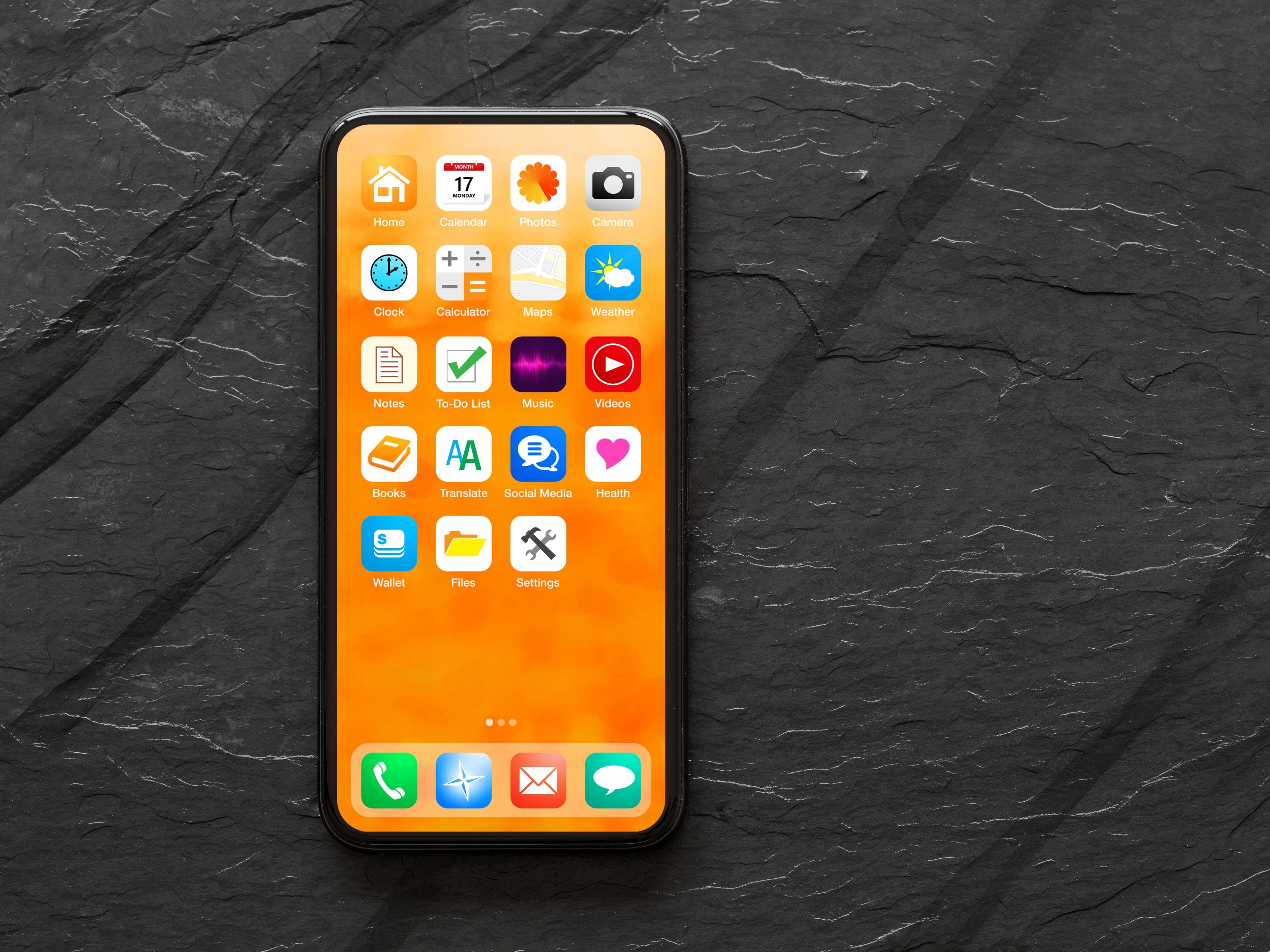
You wake up, reach for your phone, and an hour disappears in scrolling. Sounds familiar? For many in India, especially Gen-Z, this routine is the norm.
A recent survey revealed that over 60% of youngsters aged 9 to 17 spend more than three hours daily glued to screens—be it social media or gaming platforms.
While technology connects us, it’s quietly taking a toll on mental health, leaving many feeling anxious, distracted, or emotionally drained.
Digital detox is an excellent and necessary solution to maintain a healthy lifestyle and mental health.
You can regain control, rediscover clarity, and improve emotional wellness by consciously cutting back on screen time. Let’s explore how stepping away from screens—just a little—can greatly impact your mental and emotional balance.
Break Free to Thrive: Why a Digital Detox Matters
Detoxing from screens isn’t just about reducing your phone’s screen time counter—it’s about reclaiming balance, clarity, and emotional wellness in a world dominated by notifications. Here’s why it’s a must:
Reclaim Your Focus: Endless scrolling and multitasking scatter your attention. Limiting screen time allows you to rebuild deep focus, whether it’s for studying, work, or personal growth.
Boost Mental Clarity: Constant exposure to information clutters your mind. Stepping away helps you process thoughts better, make informed decisions, and avoid mental fatigue.
Improve Emotional Health: Social media often fuels comparison and anxiety. A detox can help you reduce stress and experience more genuine, positive emotions.
Foster Real Connections: Online interactions are often shallow. Disconnecting creates space for deeper, meaningful relationships with family, friends, and even yourself.
Rediscover Time for Yourself: From exploring hobbies to embracing moments of solitude, cutting down on screen time gives you back hours to invest in what truly makes you happy.
10 Game-Changing Ways to Detox from Digital Overload

Detoxing doesn’t mean ditching technology entirely—it’s about setting boundaries to create a healthier relationship with your devices. These strategies will help you embrace a digital detox effectively and find time for things that truly matter.
1. Set No-Phone Zones
Establish areas where devices are off-limits in your home, like the bedroom, dining table, or living room. For example, replace scrolling with conversation during meals or keep your bedroom screen-free to improve sleep quality.
To stick with it, use a simple rule: leave your phone charging in a designated spot far from these zones. This ensures you’re more present in moments that count while reducing your dependence on constant notifications.
2. Schedule App-Free Hours
Block specific hours daily for a digital detox phone routine. Use this time for offline activities like reading, exercising, or hobbies. Apps like Flipd can help you stay on track by locking your phone or rewarding focused time.
Consistency is key—start with one hour in the morning or evening and gradually expand the timeframe. Scheduled breaks allow you to detox from the internet while giving your mind room to breathe and recharge.
3. Switch to Grayscale Mode
Colourful icons and notifications are designed to grab your attention. Turning your phone to grayscale mode makes apps less engaging and reduces the temptation to scroll mindlessly. On most smartphones, this feature can be found under accessibility settings.
Pair this with limiting your screen time using built-in tools like Screen Time (iPhone) or Digital Wellbeing (Android). This subtle yet powerful tweak helps you detach from visual stimuli, making your digital detox efforts more effective.
4. Adopt a Digital Sabbath
Pick one day a week for a complete electronic detox. Power down non-essential devices and spend the day reconnecting with nature, family, or personal interests. Plan by informing close contacts and preparing offline alternatives for essentials like maps or schedules.
This weekly reset helps you step back from the online grind and reclaim your mental health, making your social media detox less daunting and more rewarding.
5. Use a Physical Alarm Clock

Replace your phone alarm with a physical clock to avoid waking up to endless notifications. This life detoxify health device eliminates the urge to start your day with social media or emails.
Leave your phone charging in another room overnight, ensuring a tech-free start to your morning. Pair this with mindful practices like stretching or journaling to begin the day on a positive, calm note.
6. Batch Your Notifications
Instead of letting notifications constantly interrupt your day, schedule specific times to check your phone. Turn off non-essential alerts, or use “Do Not Disturb” mode to create a notification-free environment.
Apps like Notion or email batching tools can consolidate updates, helping you focus on tasks without distractions. This approach to limiting screen time makes your electronic detox sustainable and more effective.
7. Move Social Apps Off Your Home Screen

Out of sight, out of mind. Hide social media and other time-consuming apps in folders or uninstall them temporarily. Combine this with setting daily app limits using phone settings to cap usage. Each time you think about checking these apps, it’ll require conscious effort, reinforcing your commitment to a digital detox.
8. Invest in Analog Alternatives
Trade digital tools for physical ones, like notebooks, calendars, or books. For example, replace your Kindle app with a paperback or jot down tasks in a planner instead of a phone. Analog devices not only support your detox from the internet but also add tactile engagement, reducing dependency on screens for routine tasks.
9. Follow the 20-20-20 Rule
Screen strain adds up. For every 20 minutes of screen time, look at an object 20 feet away for 20 seconds. This simple technique protects your eyes and reminds you to pause.
Pair it with apps that nudge you to take breaks or wearable health devices to track and reduce excessive phone usage. It’s a small, actionable habit with a big payoff for mental and physical health.
10. Create a Phone-Free Ritual
Dedicate specific times, like morning coffee or family dinners, to being fully present. Make it special—light a candle, savour your drink, or talk with loved ones. To help, keep your phone in a separate room during these moments. Rituals like this limit your screen time and bring intentionality to your day, strengthening your digital detox efforts.
Escape the Digital Trap for Good
While a digital detox can significantly improve your emotional and mental health, it’s equally important to reflect on the reasons driving excessive screen use.
Addressing these root causes with healthier coping mechanisms—like mindfulness, exercise, or creative hobbies—ensures your detox is truly effective.
If balancing screen time feels overwhelming, consider consulting a wellness professional or mental health professional. Our professionals at Pyng can help you design a tailored strategy to align your digital habits with your overall well-being.
Disclaimer: This information provided is intended for general informational purposes only. It is not a substitute for professional advice or guidance. For personalised recommendations or specific concerns, please consult a certified professional.




